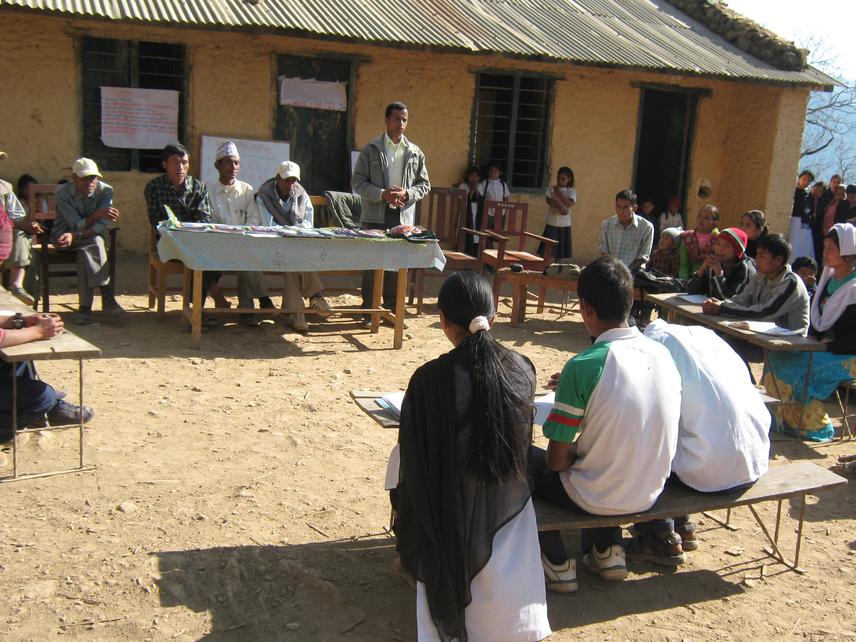Bhupendra Prasad Yadav
Other projects
19 Dec 2007
An Assessment of Asiatic Black Bear (Ursus thibetanus) – Human Conflicts at Dhorpartan Hunting Reserve, Nepal
The main aim of this study is to assess the interface between human and Asiatic black bear in Rara and Khaptad National Park. The second main aim of this project is to make people aware and participate for bear conservation that can support to reduce retaliatory killing in that region.

The Asiatic black bear is not included in the protected animals’ species in Nepal under the National Park and Wildlife Conservation Act, 1973 (NPWC Act 1973). The CITES appendices, 1995 included it under Appendix-I. Conservation status is IUCN Red List- Vulnerable, US Federal List-Endangered.
Rara and Khaptad (National Parks) are located in the high mountains to mid mountains of Nepal. The annual report of Department of National parks and Wildlife Conservation shows that there are high conflicts between bears and human due to agriculture crop loss. These areas fall in less developed region than other regions of Nepal. Agriculture is the main subsidies to live people of these areas. The proposed research will be the first work on bears in these two protected areas. This research will provide baseline data and management recommendation for future course of actions to prepare management plan. Retaliatory killing is also high due to agriculture loss of poor people. Asiatic Black Bear is threatened in South Asia due to poaching for gall bladder (medicine), skin (ornamental), and retaliatory killings to reduce agricultural crop depredation (Servheen, 1990).
The planning and preparation for this field survey will be done in July 2010, and the field survey will be carried out during summer (July-Sep 2010) and autumn & winter (Nov-Dec, 2010 and Jan, 2011).The major methods for this project will be adopted as of semi-structured questionnaire survey, intensive field surveys and to conduct conservation education through buffer zone committee.